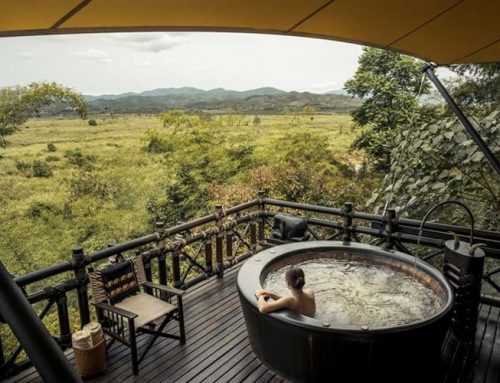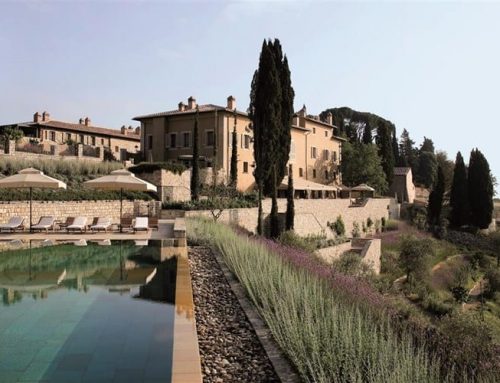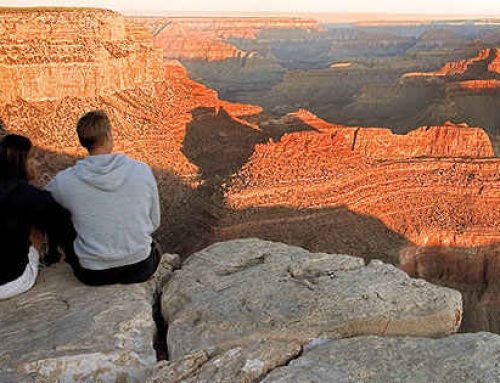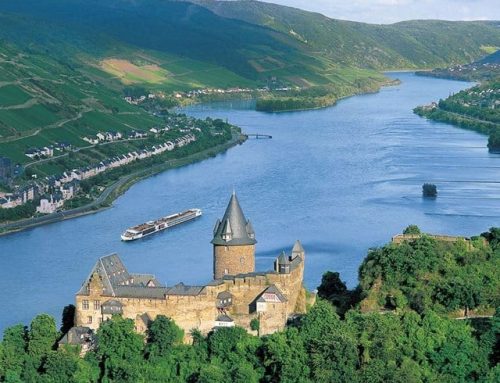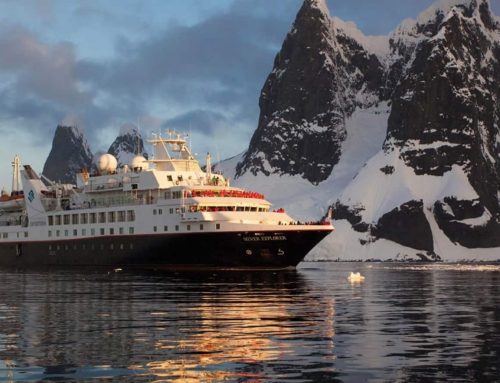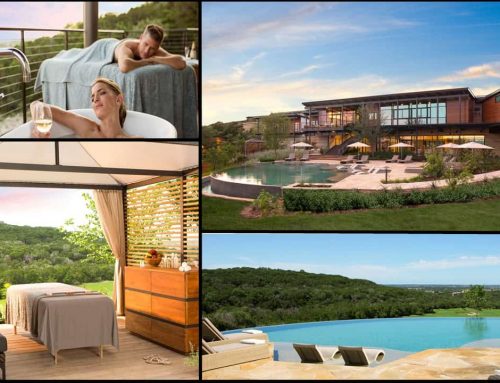BOOK BEFORE OCTOBER 31, 2015 AND RECEIVE US$ 500 OFF PER PERSON
Recommended For:
Hardy explorers with an interest in festivals culture and nomadic culture who want to experience the beauty of the desert, steppe, and mountains in winter.
Highlights:
- Thousand Camel Festival
- Ice Festival
- Spectacular Golden
- Winter landscapes of the Gobi and Lake Hovsgol
- See the colorful Thousand Camel Festival in the Gobi
- Attend exciting competitions on the frozen surface of Lake Hovsgol
- Attend horse race
Accommodations:
- 3 nights at hotel in Ulaanbaatar
- 3 nights at ger camps at Lake Hovsgol
- 2 nights at the Three Camel Lodge in Gobi
- 2 nights at hotel in Terilj National Park near Ulaanbaatar
TRIP VALIIDITY:
• February 1 , 2016 – March 15, 2016
TRIP COST:
Land Cost: U$7,895 per person based on double occupancy – subject to minimum 2 adult travelers
Internal Airfare: US$1240 per person
LAND COST INCLUDES:
• Ground transportation in Mongolia as described in the itinerary;
• Transfers on arrival and departure;
• All accommodations based on twin or double occupancy (hotel rooms and gers);
• All meals as noted in itinerary;
• All excursions, entrance fees, and visits as described in itinerary;
• Extensive pre-departure Travel Guide, reading list, important information about your trip, and luggage tags;
• Bilingual local English speaking professional, and experienced Tour Escort throughout your stay.
LAND COST DOES NOT INCLUDE:
• International and internal airfare;
• passport and visa fees;
• comprehensive medical and trip insurance; airport taxes;
• tips to guides and drivers; excess baggage charges;
• photography and video fees; food and beverages not included in the group meals; • items of personal nature, including alcoholic beverages, laundry and telephone calls; • other items not specifically mentioned as included.
• We reserve the right to alter the above itinerary if deemed necessary.
ITINERARY
About this trip: An exploration of Mongolia’s cultural celebrations and dramatic winter landscapes, this journey is a unique opportunity to attend a festival held on the frozen surface of Lake Hovsgol and to join a celebration in the Gobi honoring the Bactrian camel. Wild horses, an eagle festival, and the museum collections and temples of Ulaanbaatar are further highlights of this exciting winter journey.
DAY 1:
The contrast between ancient traditions and a 21st century democracy is most visible in Ulaanbaatar, where traditional gers and Buddhist monasteries sit side by side with modern high-rises. Upon arrival at the airport, our travelers are welcomed by their Nomadic Expeditions guide and transferred to a centrally located hotel within walking distance of various museums and shops. Enjoy a welcome dinner at a fine local restaurant and overnight at the hotel.
(Shangri La, Ulaanbaatar; D)
Day 2 Muron | Lake Hovsgol
Begin the day with a visit to Gandan Monastery, the seat of Buddhism in Mongolia. Woven through Mongolia’s nomadic culture is a rich Tibetan Buddhist tradition in which ancient shamanist practices are still evident. Although Buddhist monasteries were either destroyed or converted into museums during the Stalinist purges of the 1930s, Gandan Monastery continued to operate as a showpiece for government officials. However, in spite of the government’s efforts to suppress Buddhism and other religious beliefs, Mongolia’s spirituality persisted and a significant resurgence of Buddhism began in 1990 when Mongolia became a democracy. Monasteries across the country are again opening their doors to worshippers and the few lamas who survived the purges are training a new generation.
Experience these exciting developments first-hand at Gandan Monastery. Strolling through the monastery grounds, hear the low tones of the horns used to call the lamas to the temple and observe their daily rituals, including the reading of sutras, the teachings of the Buddha. Visit the recently renovated Chenrezig and Kalachakra Temples, as well as the magnificent statue of Megjid Janraisig, “the lord who looks in every direction.” This 82-foot high statue, gilded in pure gold and clothed with silk and precious stones, completely fills one of Gandan’s temples. Next, visit the dinosaur halls of the Natural History Museum, showcasing the spectacular fossils found in the Gobi Desert. On display are fierce Tarbosaurous fossils (closely related to Tyrannosaurus rex), dinosaur eggs, large Hadrosaur fossils (duck-billed dinosaurs), and many others, all of which illustrate the richness and importance of the paleontological sites in the Gobi.
In the afternoon, fly north to Muron (1.5 hours), the capital of Hovsgol Province, and continue overland to Lake Hovsgol (approximately 2.5 hours), passing through steppe land and forested mountains. Mongolia’s largest lake by water volume, Hovsgol extends 85 miles in length and 18 miles in width, and is fed by over 90 streams and rivers.
Overnight in gers, the traditional felt tents of nomadic herders. Made of a latticed wood structure covered with layers of felt and canvas, each ger is heated by a wood stove and are warm and cozy in the winter. The camp restaurant and western-style toilet and shower facilities are located in a central building found a few hundred feet from the gers. Based on double occupancy, the gers provide an authentic and memorable taste of Mongolian culture and allow you to visit areas which otherwise lack traveler accommodations. Most visitors find their stays at ger camps to be among their most enjoyable experiences in Mongolia.
(Ger Camp; B, L, D)
Day 3-4 Ice Festival
The competitions and festivities of the Ice Festival are held on the thick frozen surface of Lake Hovsgol, which remains covered with ice from December until as late as June. Spend the days enjoying the various games and competitions held on Lake Hovsgol. Although the festival took its formal shape recently, this is one of the major holidays for local nomads, who race horse-led sledges and participate in ankle bone shooting contests on the ice. There will be opportunities to witness shaman rituals. Meals are served in the warm and comfortable restaurant of the ger camp. Overnight in gers.
(Ger Camp; B, L, D)
Day 5 Muron | Ulaanbaatar
After breakfast return to Muron for the afternoon flight to Ulaanbaatar, transferring to the hotel upon arrival. Enjoy dinner at a fine local restaurant. Overnight at the hotel.
(Shangri La, Ulaanbaatar; D)
Day 6 Eagle Festival
In the morning, make a short drive outside of Ulaanbaatar attend the annual winter Eagle Festival which will be held by locals Kazakhs traveling from western Mongolia. About one dozen hunters come with their eagles. The competition begins with each Kazakh displaying his hunting outfit and accessories, the most elaborate and beautiful of which receive the highest points. In the afternoon, the judges will evaluate the Golden Eagles’ speed and agility. The eagles will be released from a cliff with their owners standing below, signaling for the eagles to land upon their arms as they do while hunting. Those with the fastest times and best technique will be awarded the highest scores. In the evening return to Ulaanbaatar for dinner at another fine local restaurant. Overnight at the hotel.
(Shangri La, Ulaanbaatar; D)
Day 7 Gobi | Thousand Camel Festival | Flaming Cliffs
Transfer to the airport for the morning flight to Dalanzadgad (1.5 hours), the capital of Mongolia’s southernmost province of semi-arid desert. Contrary to the sameness that the word ‘desert’ suggests, the Gobi is a diverse and fascinating region, and includes sites of some of the most important paleontological discoveries of the 20th century. After arrival, drive to Bulgan soum, a town located 40 minutes from the lodge, and attend the opening ceremony of the festival and parade of camel riders. Visitors may participate in the parade if they wish to, joining the procession on camelback (to participate in the camel parade, reservation should be made in advance.) The day’s competitions include “best looking couple on camelback” and “most adorable male and female camels,” as well as a camel polo match that takes place in the central square.
In the evening, travel to the Flaming Cliffs (1 hour), a location named for the orange glow of the rock at sunset. It was here in 1923 that Dr. Roy Chapman Andrews and his team from the American Museum of Natural History found the first nest of dinosaur eggs the world had ever seen. To the trained eye, the red sandstone of the Flaming Cliffs is rich in dinosaur fossils and paleontological expeditions continue to make discoveries at this site. Thereafter, drive to the Three Camel Lodge.
Day 8 Thousand Camel Festival
The celebrations of the Festival continue today. We will watch the camel race and competitions among local camel herders. There will also be an exhibition of paintings by local children who have participated in a drawing contest called “Camel – My Friend.” In the late afternoon, enjoy a performance by “Altai Snowcock,” a local youth organization involved in the preservation and conservation of the surrounding area, with entrance fees funding the club’s activities.
(Three Camel Lodge; B, L, D)
Day 9 Ulaanbaatar
Following breakfast at the Lodge, transfer to the airport for the return flight to Ulaanbaatar (1.5-2 hours), and drive to visit the Bogd Gegen Palace, home of Mongolia’s last theocrat, Bogd Jebtzun Damba Hutagt VIII (Mongolia’s 8th Living Buddha), which displays elaborate ceremonial robes and other personal effects of the leader. Thereafter, drive to the National History Museum for an excellent overview of Mongolia’s history and culture. The newly remodeled museum displays traditional implements of daily nomadic life including Stone and Bronze Age artifacts, historical costumes of Mongolia’s minority tribes, sacred religious relics, and agricultural, fishing, and hunting equipment. Enjoy dinner at a fine local restaurant in the evening, and overnight at the hotel.
(Terelj Hotel, Terrelj National Park, Ulaanbaatar; D)
Day 10 Ulaanbaatar | Hustain Nuruu National Park
After breakfast drive to Hustain Nuruu National Park (2 hours). Hustain Nuruu is home to the world’s last remaining species of wild horse. The takhi, commonly known as Przewalski’s horse, was reintroduced into the Mongolian wilderness from zoo populations in 1994, twenty-five years after becoming extinct in the wild. Around 280 now roam the Hustai Nuruu National Park. Learn about current conservation efforts and the status of the herds found within the reserve at the visitors center before trying to spot these beautiful horses in their natural habitat. Return to Ulaanbaatar in the evening for a farewell dinner and overnight at the hotel.
(Terelj Hotel, Terrelj National Park, Ulaanbaatar;B,L D)
Day 11 Departure
After breakfast transfer to the airport for your departure.
(B)
Additional important note: During the Camel Festival time, Three Camel Lodge may be closed if we don’t have enough guests confirmed to stay with us. In the event this occurs, there will be an alternate family stay with a host family.
****
For more information, email [email protected] or call 512.322.9399.



